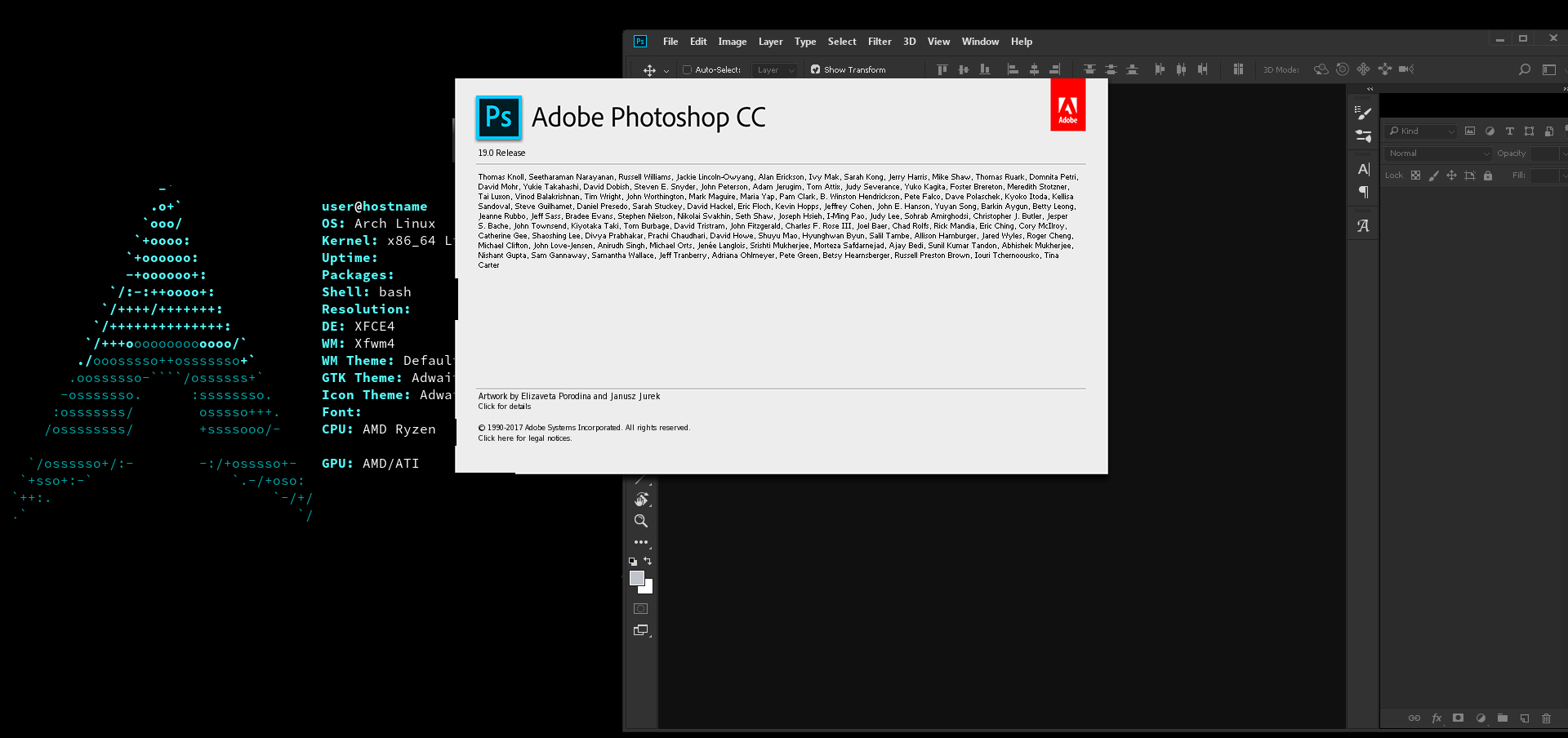Where to get Crossover!! So if you haven’t Crossover yet, then get it up here and buy the program or if you want to test it first, for the 14 days trial. The software is normally $39,99 and then you will get 6 months free updates. The more standard version is $59,99 with a year of free updates. Limitations of the study The crossover design is a minor limitation in that it precluded characterization of a post-control longitudinal comparison to the Treatment Group. Since the natural history of mTBI PPCS is well known to be permanent after a period of time, however, no spontaneous improvement post-control period would be expected.
I need to address some sincere thanks to my friend Michael, who got me in touch with Jantzen Audio taking the financial risk of the whole project of launching an extended range 8' driver. Had it not been for Michael and our discussions on how we could have a new 'Vifa C17' produced somehow, the JA8008 driver would never have been made. Yes, it all started with the Vifa C17 driver, but taking this driver into production would require significant investments, where most parts for the JA8008 driver were already at hand at SEAS. Generally I find an 8' driver more versatile, where a 6' driver soon calls for a companion (d'Appolito or 2½-way).

Crossover Trial Tweak 2020
How to Install CrossOver to run Accuterm post-installation registry tweak. Click the Download Free Trial button above and get a 14-day, fully-functional trial of. A crossover randomised controlled trial (RCT) is a specific type of RCT where you assess 2 or more interventions. In this design, all participants receive all the interventions, but the order in. In this video I share with you a strategy that has been proven to be successful in my intraday trading. In this description below you will also find the TOS.

Crossover Trial Tweaks
The DTQWT construction has been been my main speaker for the last two years and I don't think this will change for a foreseeable future. There are numerous projects I'd like to do with the JA8008 as the main driver, but time is a limiting factor and making big cabinets takes time. Even the QUATTRO construction took longer than anticipated despite an uncomplicated 40 liter vented cabinet.
For those - hopefully - enjoying the sound of their TQWT/DTQWTs, this article to show that their speakers still have my full attention in the persuit of better sound. Any speaker is a compromise and I've had reports back asking for more bass, less bass, more forward midrange, less forward midrange, more treble - but not less treble, so I guess treble level suits most customers. Many commercial speakers have an elevated treble range - because treble sells, but it's basically linear distortion and adds an unnatural sound to acoustic instruments. For purely electronic music we can't know what it's supposed to sound like anyway.
The treble question is the easy one: If you want more treble change R1011 from 2R2 to 1R8 or 1R5.
Tweaking the midrange is more troublesome as changing any of the components here requires adjusting all others. Fortunately I've only had this question once.
Tweaking bass performance is the most troublesome question as it's not only a question of what the TQWT/DTQWTs can deliver - but how they interact with your listening environment - and it's impossible for me to have any idea of the acoustic performance of your listening room. Only thing I can suggest here is trying out different rooms for the speakers, different placement and different amps. This just to get an idea of what is happening. Then we might start discussing what can be done in the actual listening room. Generally this is an area where I can do very little - for obvious reasons.